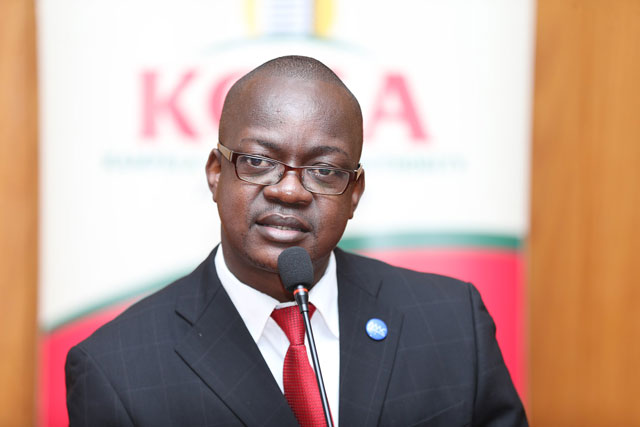Peter Kaujju, Head of communications at Umeme says they have also reduced the number of days it takes to have a customer connected, from the target of up to 15 days to four working days. Kampala, Uganda | THE INDEPENDENT | The demand for electricity connections has drastically fallen since the government suspended the free Electricity Connection Policy, EC. However, the distributors say demand is good considering the environment the sector is operating in.
Since the distribution companies were given a go-ahead to charge the full price of connection in mid-December, Umeme says it has so far received 5,300 applications for connections, from persons willing to pay the full cost. This is about 120 applications per day, down from the 1,000 that the company used to receive before the suspension of the policy.
It is also less than the 13,500 monthly connections in the years before the free electricity connection policy was launched.
In May 2018, the government, through the Rural Electrification Agency, REA stopped remitting month to the distribution companies for the free connection policy that had run for about two years. The suspension of the funding was caused by the strained government resources, following the outbreak of the covid- 19 pandemics in the country, as more resources were needed for the fight to contain it.
In June, the companies stopped carrying out new connections after the arrears rose to more than 90 billion shillings ($25 million). According to Umeme, they were approached by prospective customers who were ready to pay for the full cost of the connections. This led to the government to suspend the policy in December 2020 to allow for the customer-paid connections.
The costs for domestic consumers range from 720,883 Shillings where no pole is required, to 2,387,472 Shillings where one pole is required, with uninsulated cables, on top of the 41,300 Shillings in inspection fees.
Before the introduction of free connections in 2018, it would cost between 90,000 and 400,000 Shillings for no-pole and one-poll connections respectively.
Even with this, the government was heavily subsidizing the sector, especially connections to help more Ugandans access electricity.
The ECP was aimed at increasing access from 20% to 26% by 2020 and 60% by 2027. This would be achieved by connecting 300,000 customers a year at full implementation.
Since the official suspension of the ECP and resumption of customer-paid connections, the daily number has grown to close about 130.
However, every month, this is a fall […]
